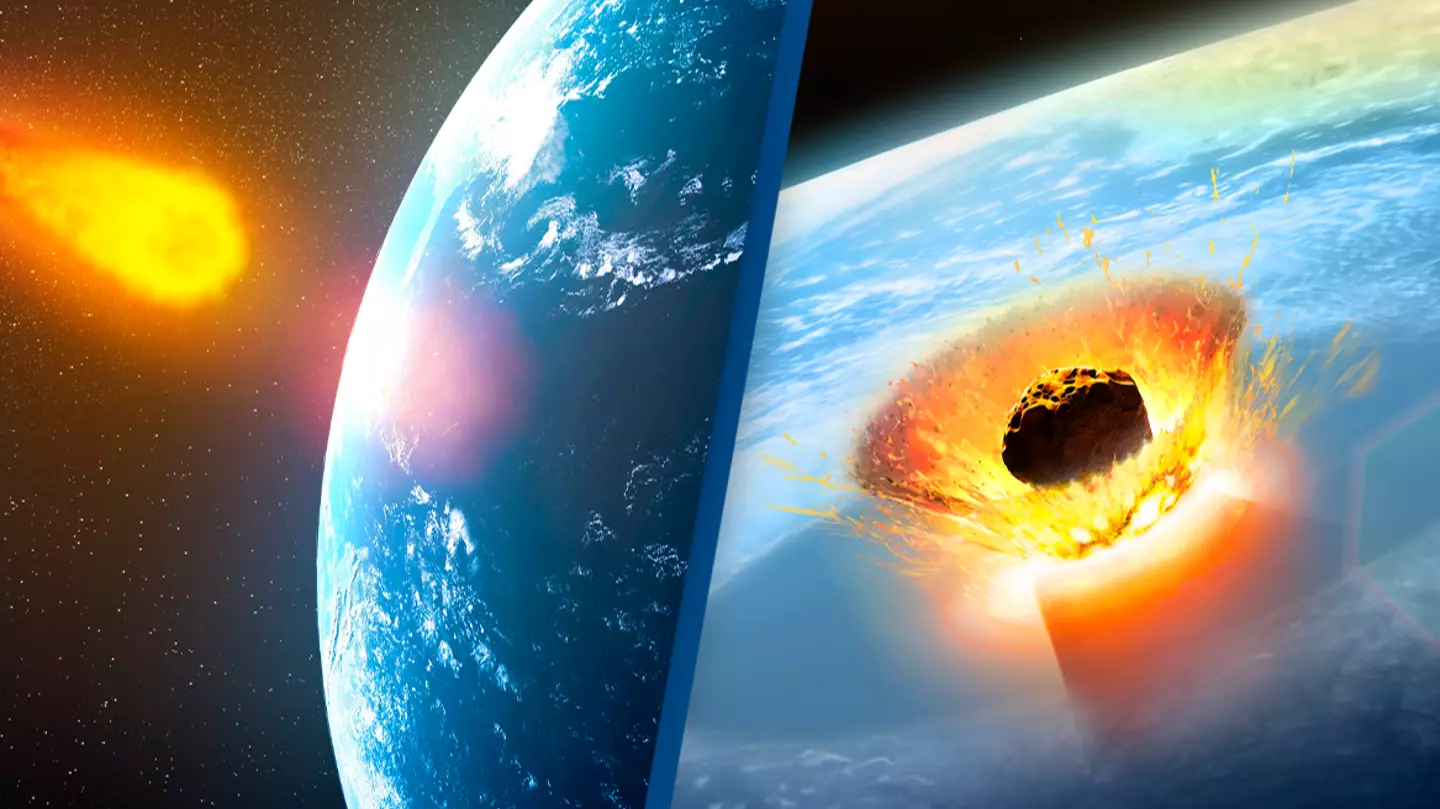
NASA has revealed whether we need to be worried about a so-called 'lost' asteroid striking the Earth this year after an earlier prediction sparked concern.
We're only three days in to 2024, and we're already talking about asteroids hitting the Earth. Not the best start to the new year, is it?
The source of the concern is known as asteroid 2007 FT3; an object which was discovered in 2007 before it swiftly disappeared from view just over a day later.
The asteroid hasn't been seen since, earning its description as a 'lost' asteroid, but it was visible for long enough for astronomers to calculate its orbit and determine whether it could be a risk to Earth.
Advert
As it turns out, it was.
The object made its way on to NASA's Sentry Risk Table of objects that could potentially impact Earth, with the agency's Center for Near Earth Object Studies pointing to 89 potential impacts.
One of these potential impacts was dated for 5 October, 2024. So just over nine months away.
With the year of potential impact upon us, the asteroid made headlines as a strike would be enough to cause huge regional damage.
Advert
However, a NASA spokesperson has commented on the asteroid and explained whether it's really something we need to be concerned about.

In an statement to the Standard, they assured there 'are no known asteroid impact threats to Earth at any time in the next century'.
That's the good news we need for the new year!
Advert
The spokesperson continued: "Nasa and its partners diligently watch the skies to find, track, and categorise asteroids and near-Earth objects (NEOs), including those that may come close to Earth.
"An important note here is planetary scientists define asteroid approaches that come within 30 million miles of Earth’s orbit as close approaches.
"The larger an asteroid is, the easier it is for our planetary defence experts to find, meaning that their orbits around the sun are usually very well-known and understood for years or even decades.”
So with the chance of impact sitting at around one in 11.5 million, it seems we don't need to worry about being blasted away by an asteroid just yet.
Advert
If fact, you can further reassure yourself with the knowledge that we've survived 2007 FT3 before, when another of its potential impact dates came and went in 2019.
As you can probably tell, it didn't hit us then, either.